Tag: Best Practices
-
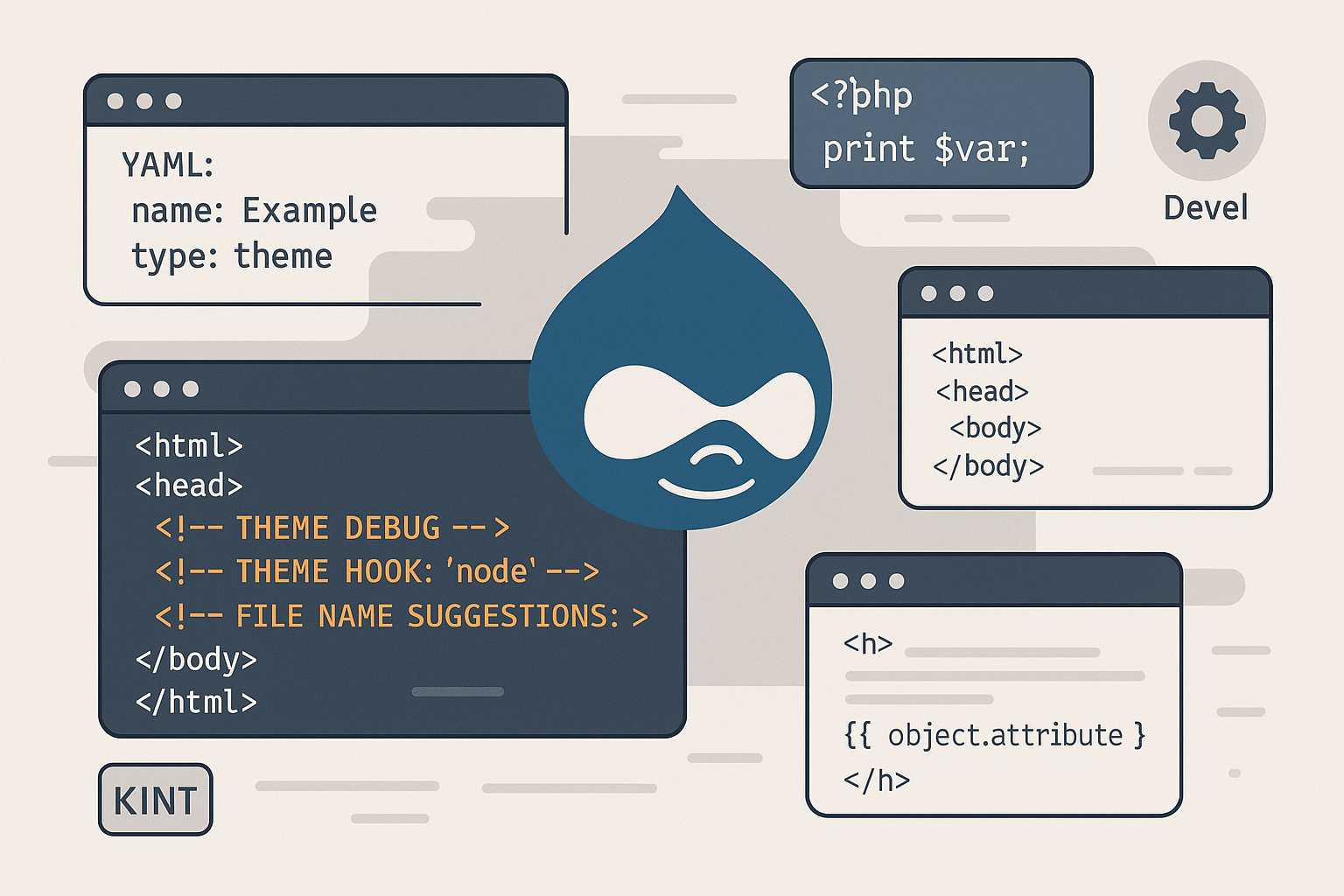
Debugging Twig Templates in Drupal: Essential Tools and Techniques
As a web developer who spends a significant amount of time fine-tuning Drupal themes, one of the most common hurdles is figuring out exactly which Twig template is rendering a particular piece of markup. In this article, I’ll walk you through some effective strategies and tools for debugging Twig templates in Drupal, helping you get…
-
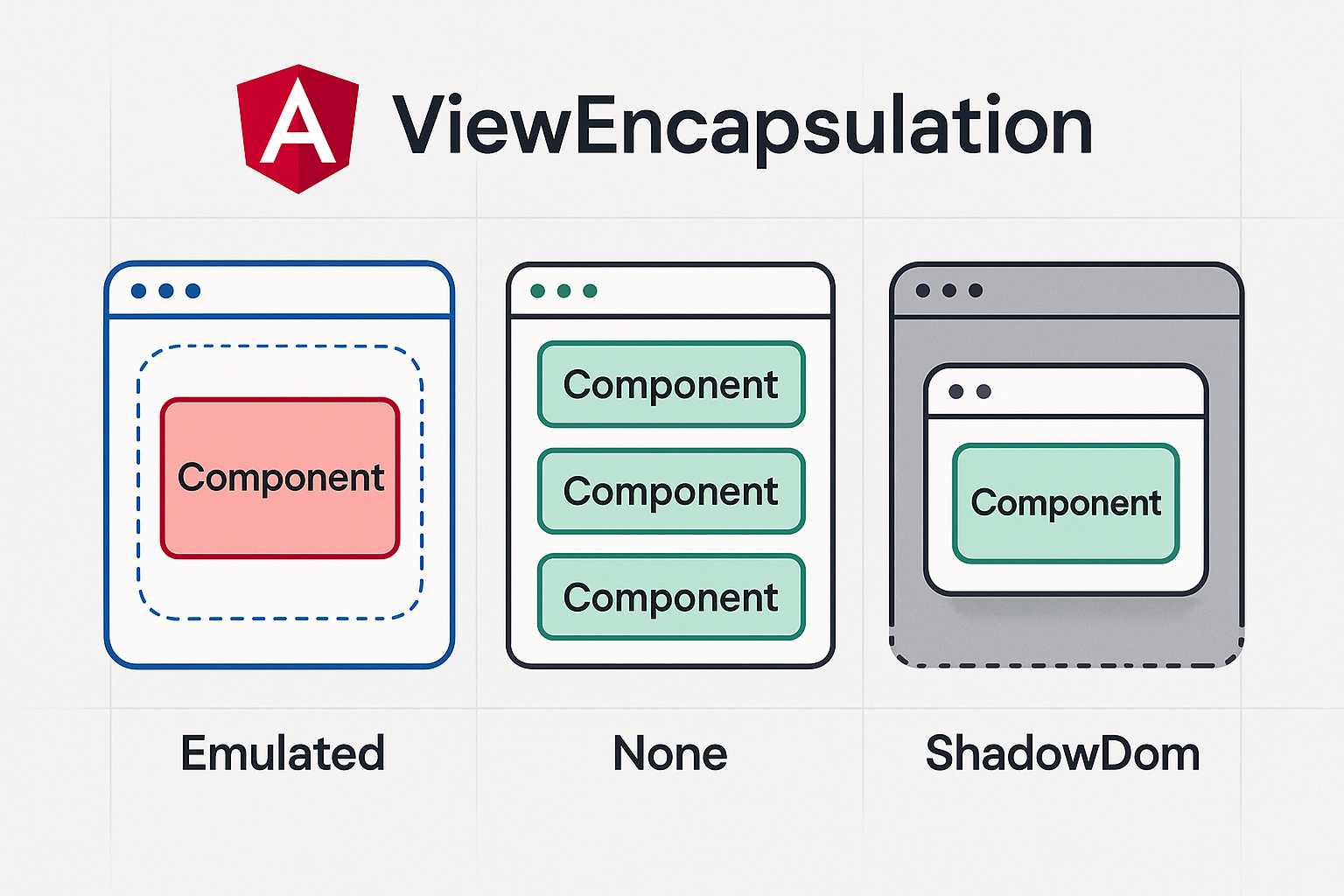
Demystifying ViewEncapsulation in Angular: A Practical Guide
When working with Angular, mastering how styles work can take your application from looking decent to looking polished and robust. A key concept in Angular’s styling system is ViewEncapsulation. Understanding how it functions and when to use each mode can help you avoid common pitfalls and make your styles more maintainable. What is ViewEncapsulation? In…
-

Git Cherry-Pick: Selecting Commits Like a Pro
If you’ve ever worked on multiple branches in Git, you’ve likely run into a situation where you wanted to copy a commit from one branch onto another, without merging the whole branch. Enter git cherry-pick—one of Git’s most powerful, yet underused, commands. In this article, I’ll walk you through what cherry-pick does, how to use…
-
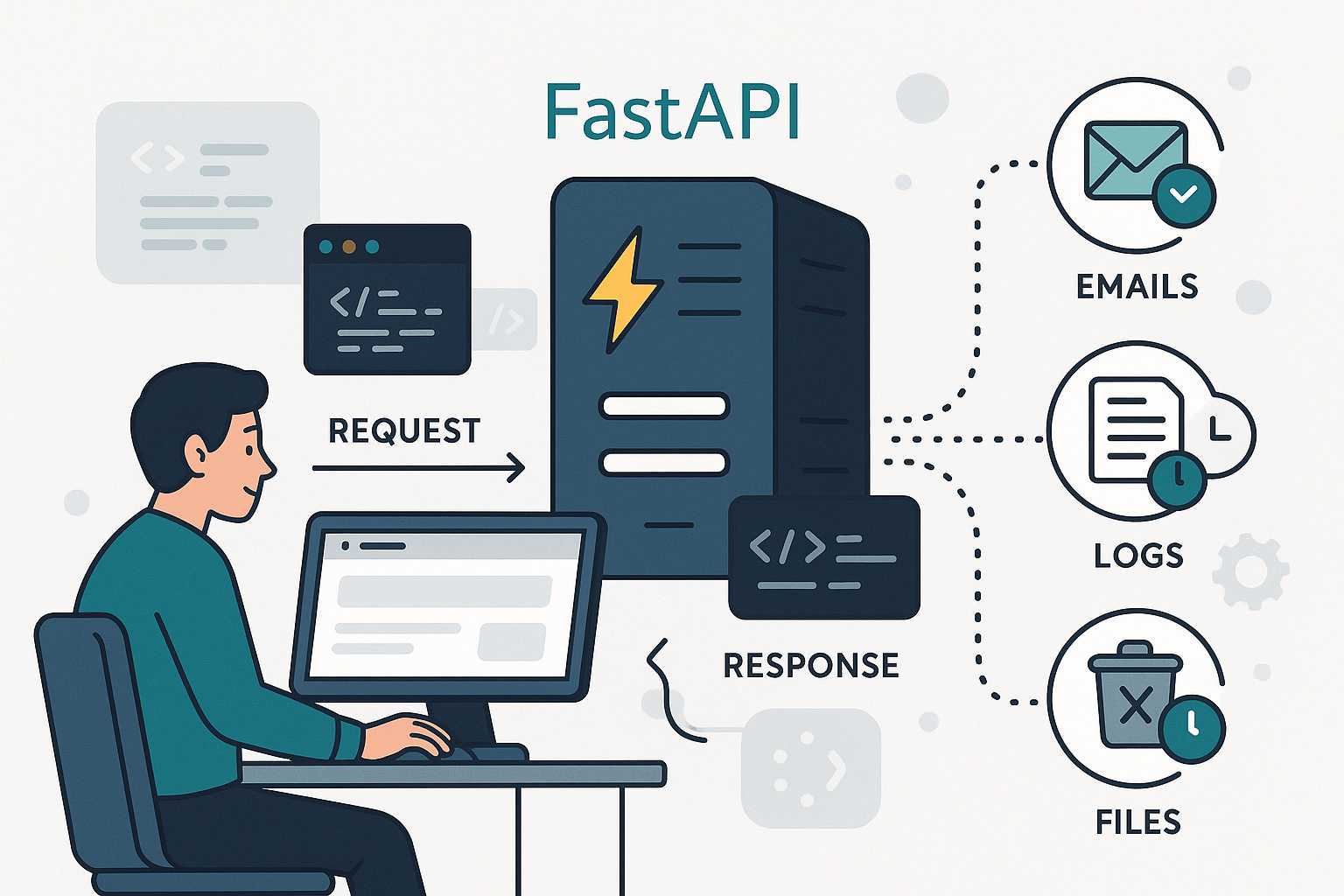
Using Background Tasks in FastAPI for Non-Blocking Operations
FastAPI makes it delightfully simple to build high-performance APIs, but one common need in modern web development is to handle background work — like sending emails, updating statistics, or triggering other time-consuming tasks — without making the user wait. In this article, I’ll walk you through FastAPI’s built-in support for background tasks, how to use…
-
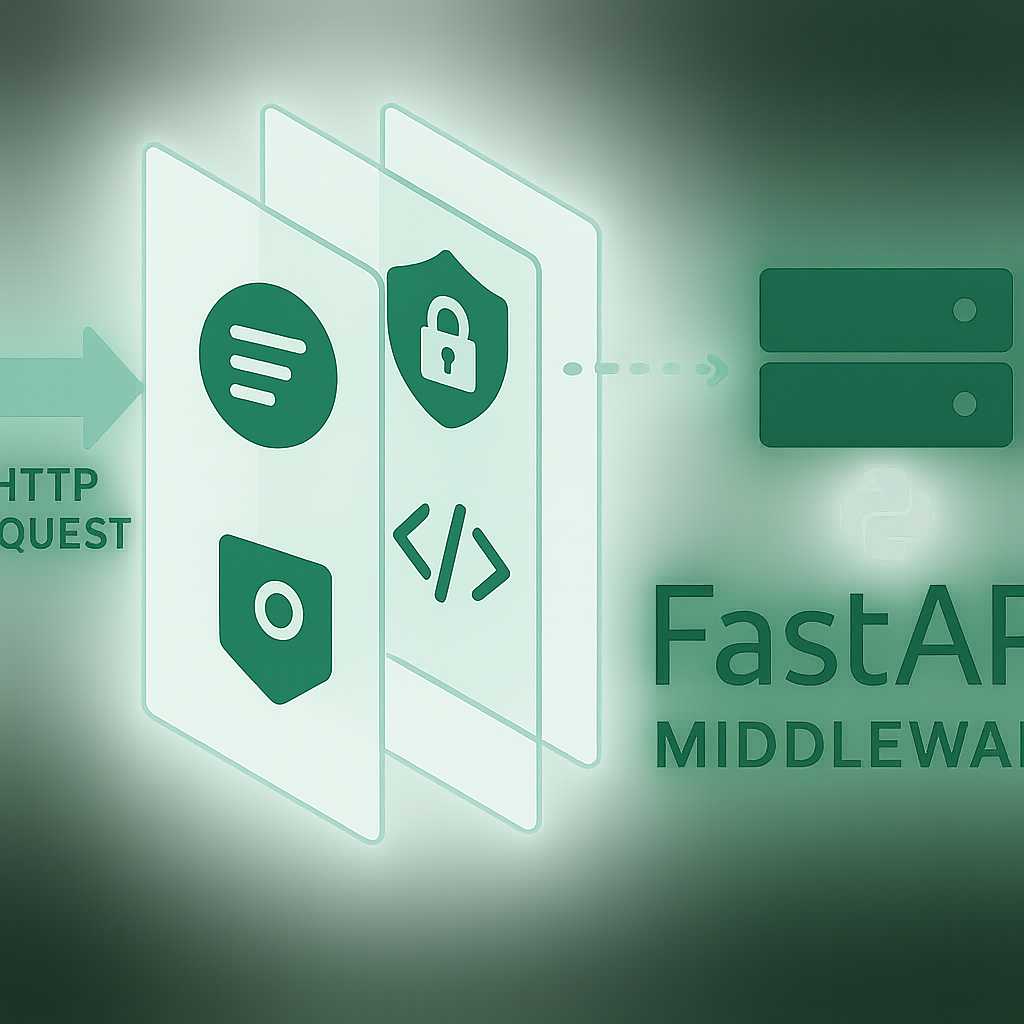
Introducing Custom Middleware in FastAPI: A Practical Walkthrough
If you’re building an API with FastAPI, eventually you’ll need to address aspects like logging, authentication, request throttling, or response manipulation—all of which often span multiple routes. Rather than cluttering your endpoints or dependencies, FastAPI middleware lets you inject logic that acts before and after every request. In this article, I’ll show you how to…
-
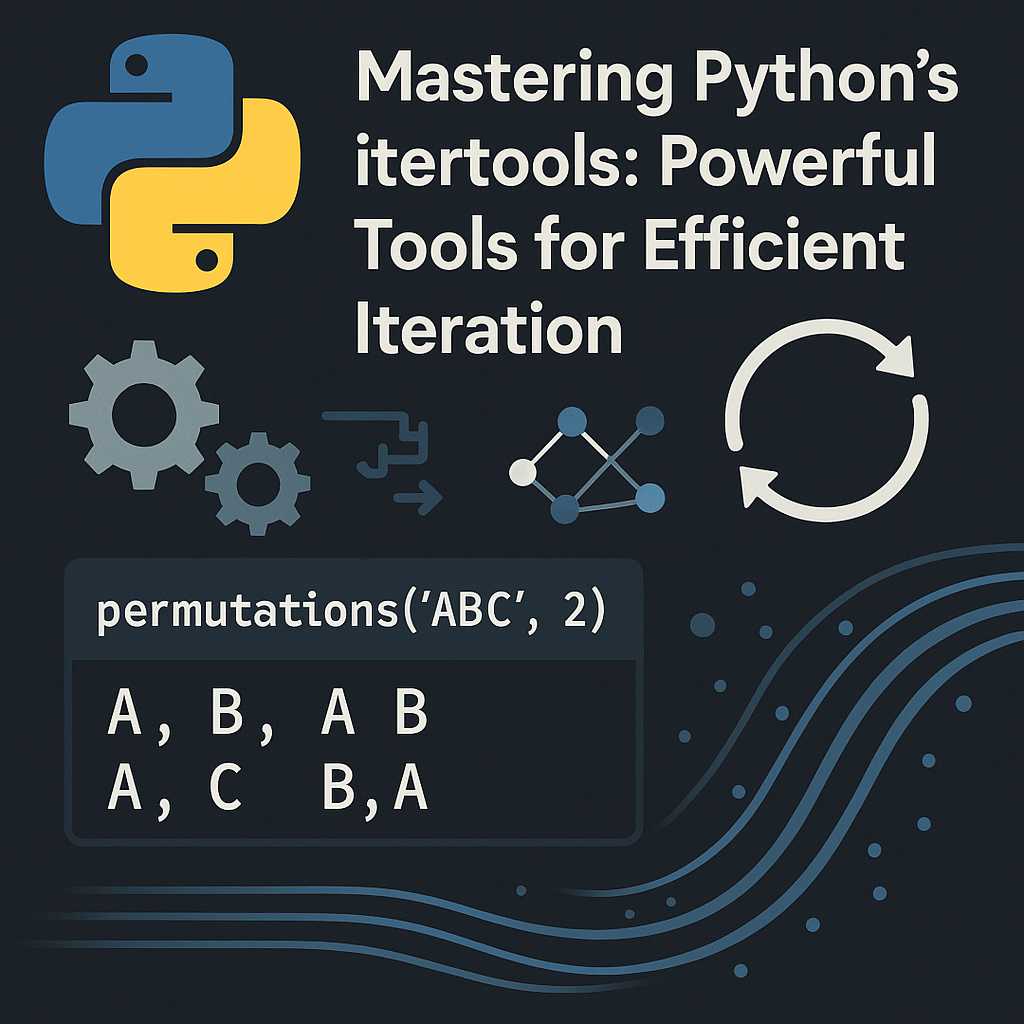
Mastering Python’s `itertools`: Powerful Tools for Efficient Iteration
Python’s standard library is filled with gems, and the itertools module is one of the brightest. If you’ve ever faced a task involving complex iteration, combinatorial logic, or data stream manipulation, chances are itertools has a performant, elegant solution waiting for you. In this article, I’ll introduce you to this indispensable module with practical examples…
-
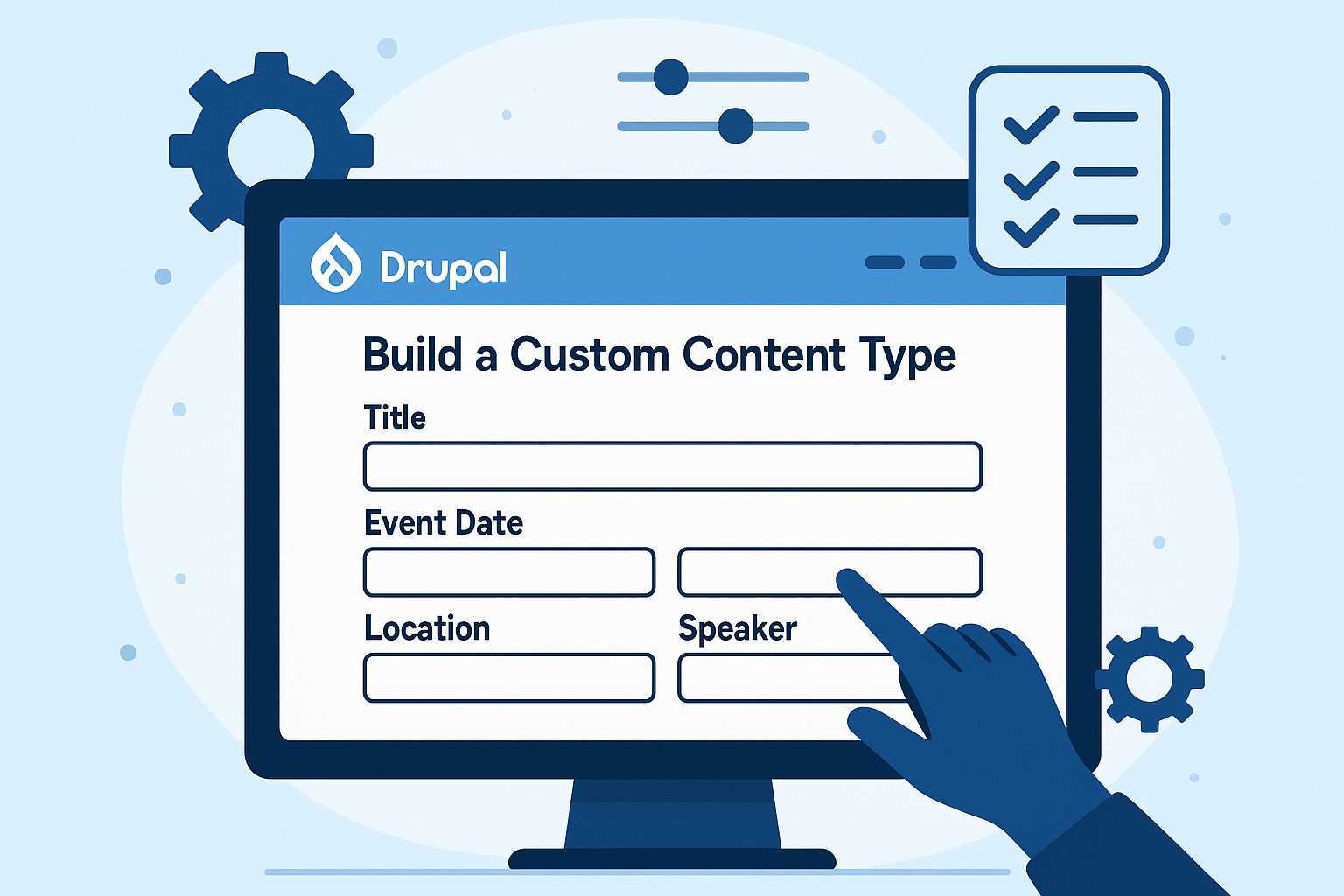
Creating a Custom Drupal Content Type: A Step-By-Step Guide
If you’re looking to extend your Drupal site’s functionality, one of the best ways is by creating custom content types. Content types let you define structured data and custom fields for unique kinds of content, like "Events," "Products," or "Testimonials." In this guide, I’ll walk you through the process, share some tips, and highlight best…
-
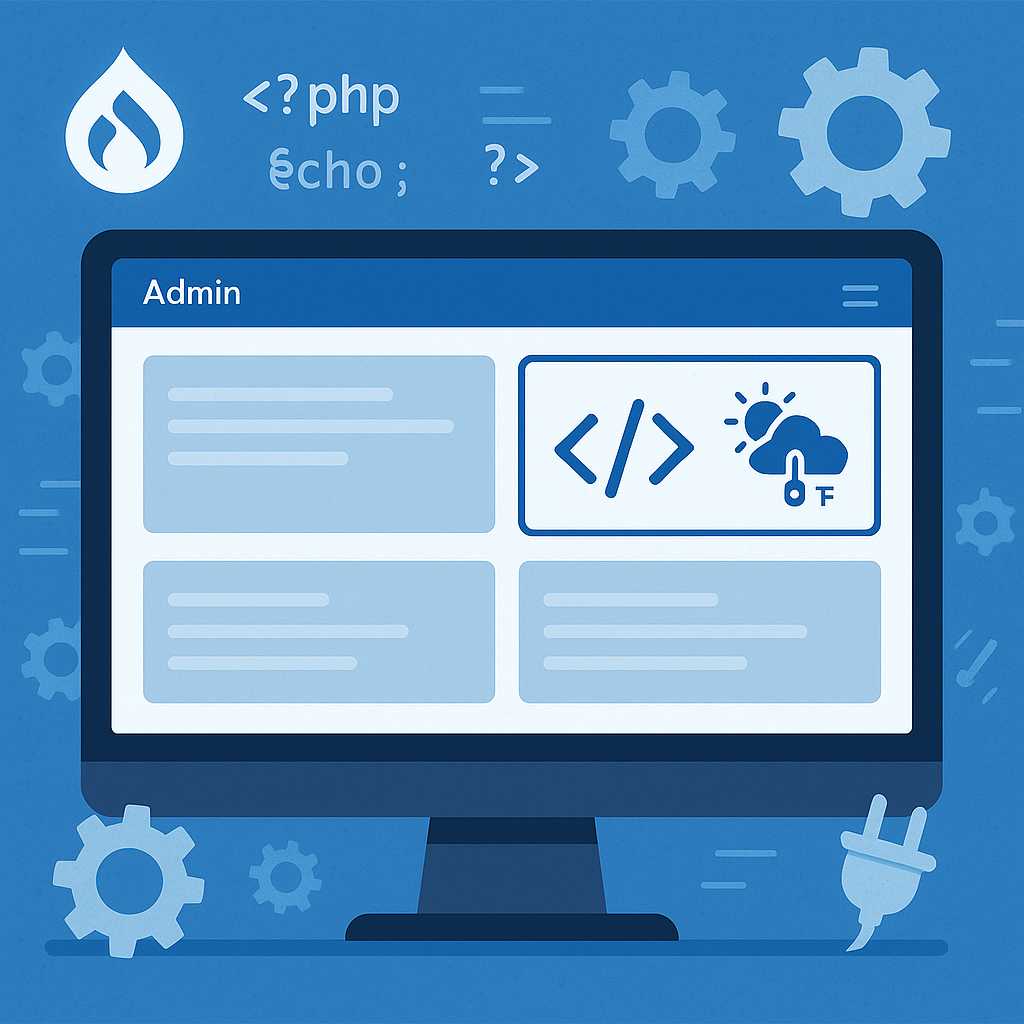
Creating Custom Drupal Blocks with the Block Plugin API
As a Drupal developer, there will inevitably be a time when the stock block types provided just don’t cut it. Maybe you need to display data from an external API or create a specialized widget for editors. Whatever the case, Drupal’s Block Plugin API makes it easy to create your own custom blocks with PHP.…
-
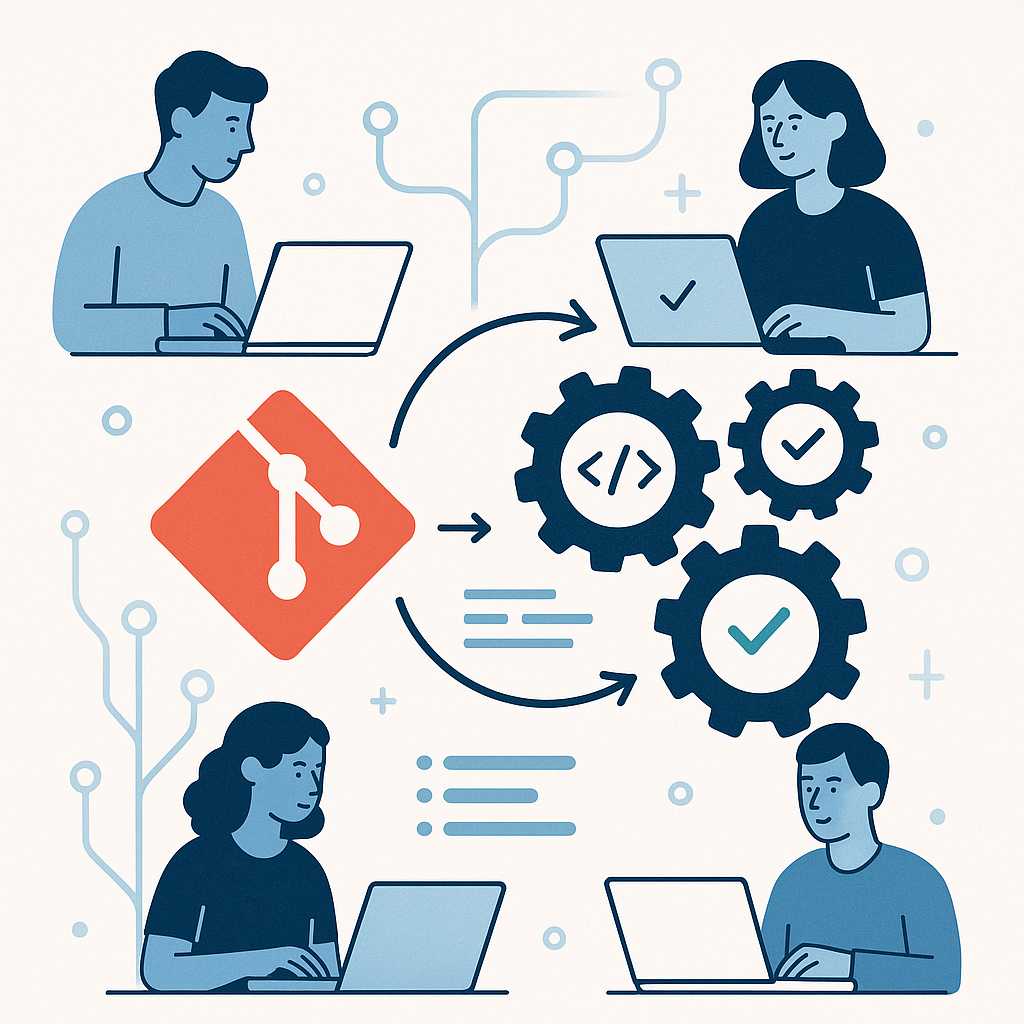
How to Use Git Hooks for Automated Workflows
Automating repetitive tasks is essential for efficiency, consistency, and reducing human error in software development. Git offers a built-in way to trigger custom scripts at key points in your workflow through a feature called "hooks." In this article, I’ll introduce you to Git hooks, show common examples, and provide tips for managing hooks in team…
-
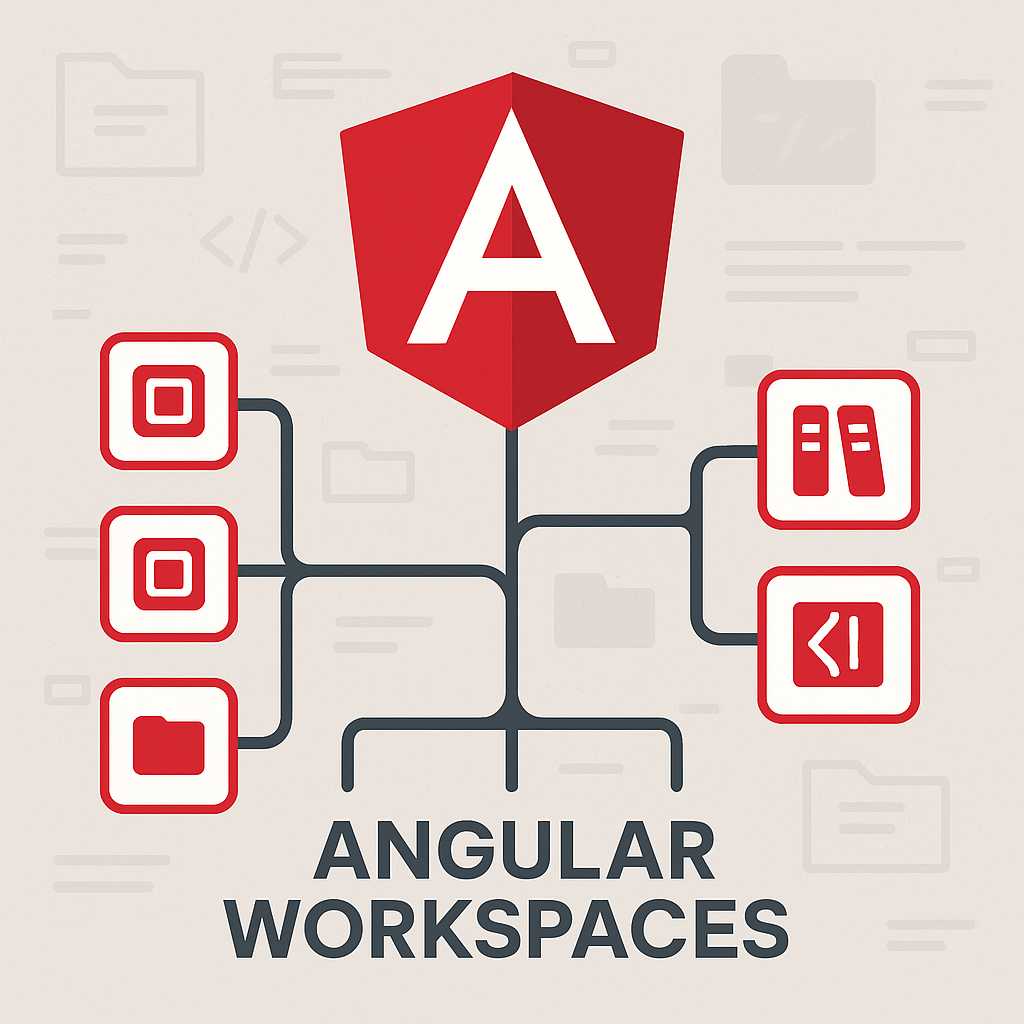
Harnessing the Power of Angular Workspaces: Effective Application and Library Management
Angular is a robust framework for building dynamic web applications, and as your projects grow, organizing your codebase becomes crucial. Angular workspaces are an essential tool that help developers efficiently manage multiple applications, libraries, and reusable components within a single repository. In this article, we’ll explore what Angular workspaces are, why you should use them,…
